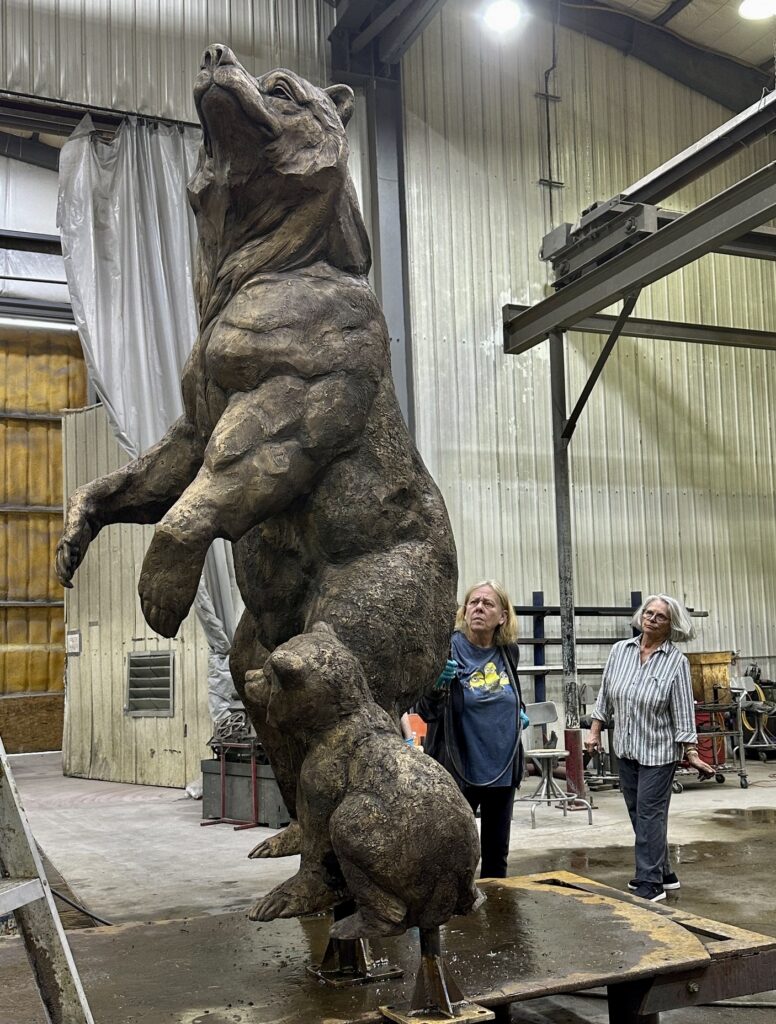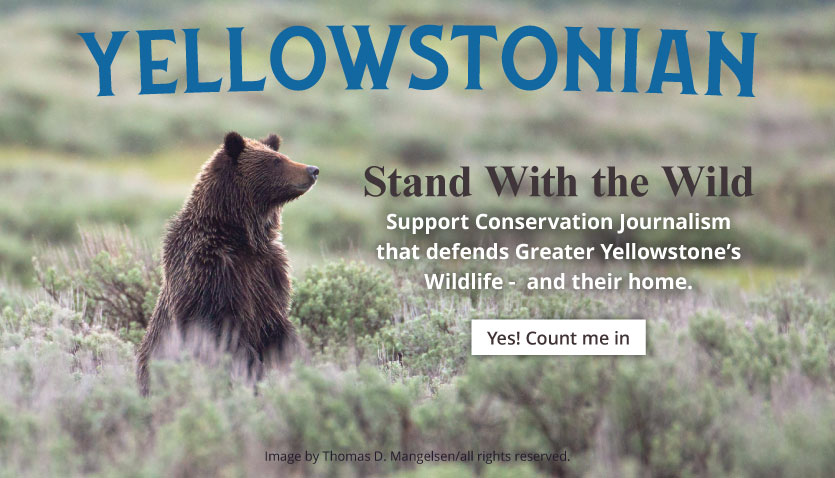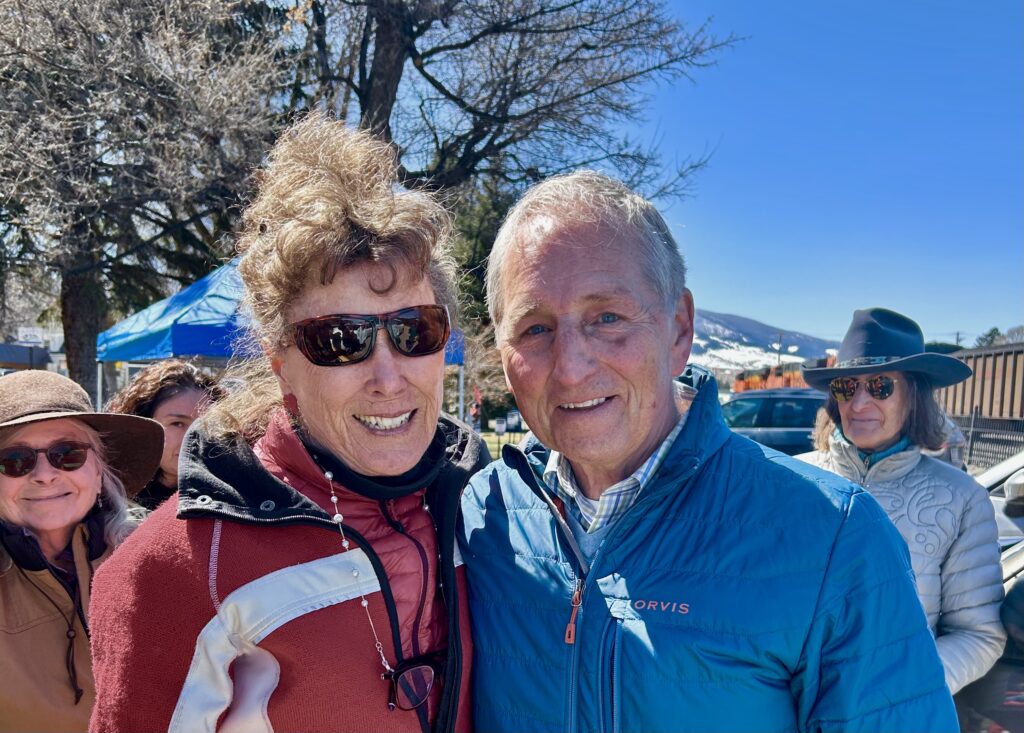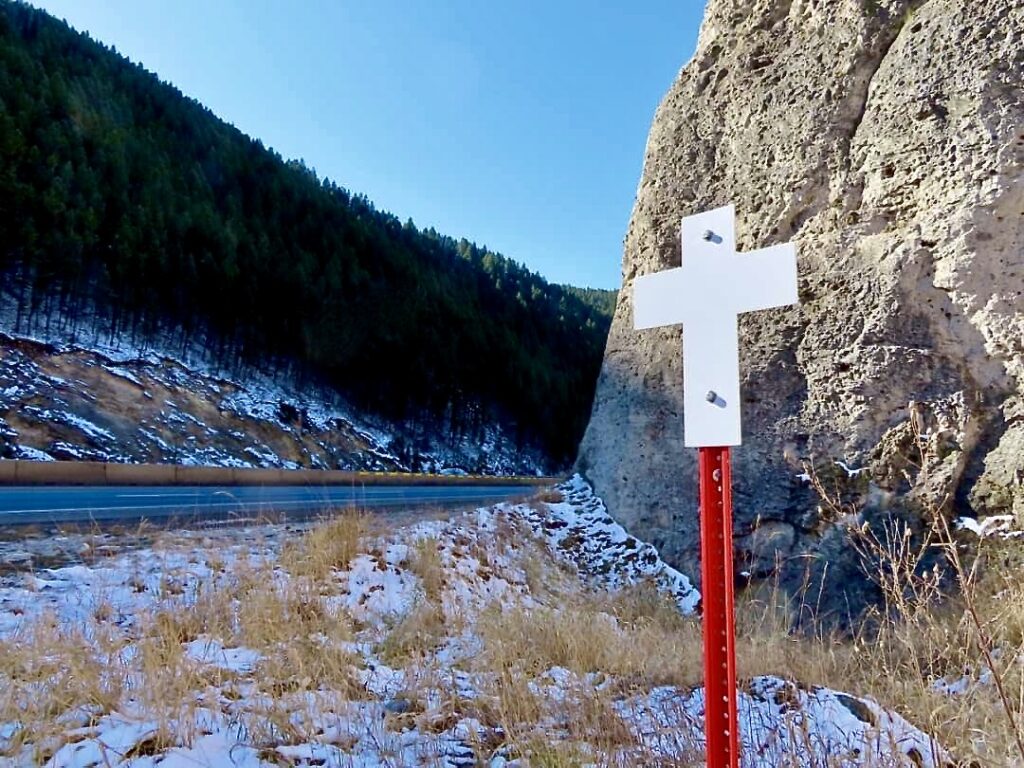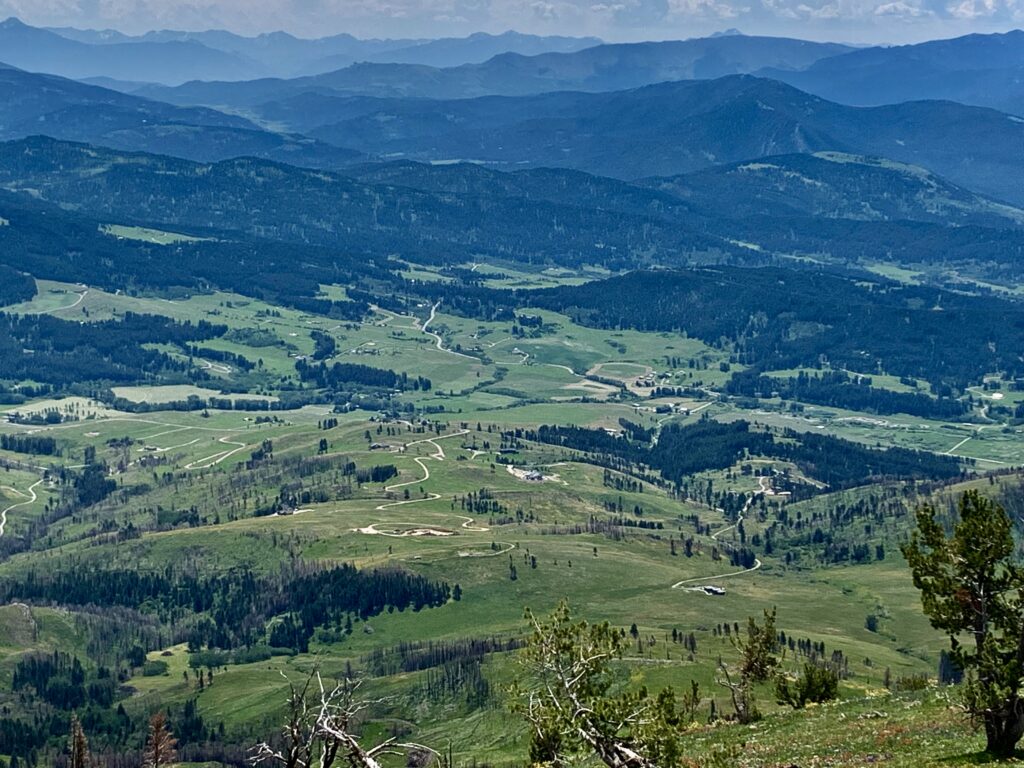
The late Deidre Bainbridge could never be described as a shrinking violet even though she was a natural introvert. When the occasion warranted, however, she could become a plucky warrior in promoting wildlife conservation in the Greater Yellowstone Ecosystem. While tenacious in seeking habitat protection for all species, she distinguished herself foremost in speaking out on behalf of grizzly bears. Bainbridge adored Jackson Hole Grizzly 399.
“There’s a parallel between how we treat each other and how we treat animals,” she told me during one of the last conversations I had with her in autumn 2018. “Animals deserve just treatment the same as we do.”
Bainbridge, an attorney, saw citizen-supported grizzly recovery as both a noble achievement and something incredibly fragile, needing ongoing vigilance. For her, the future of grizzlies in Greater Yellowstone hinged on a four-legged stool. The first is upholding environmental laws; the second leg involves vigorous safeguarding of vital habitat; the third is preventing the needless killing of bears (she strongly opposed bringing back a sport hunting season); and the fourth, she said, was educating the public, making citizens more knowledgeable about how to behave and live more responsibly in grizzly country.
After Bainbridge’s tragic passing in late 2019, her husband Tim Tennyson and the couple’s dear friends Terri and Ray Thomas created the Deidre Bainbridge Wildlife Fund in honor of her enigmatic spirit. It focuses on all of Bainbridge’s passions above, especially public education. “So many negative encounters people have with wildlife can be avoided if only they know how to more wisely conduct themselves and give animals the space they need,” Terri Thomas told me in 2023. “Deidre believed in the power of wildlife watchers becoming advocates because their enthusiasm is what fuels the strength of conservation,” Ray Thomas added.

To help advance responsible viewing of wildlife, the Deidre Bainbridge Wildlife Fund has produced a free Greater Yellowstone Wildlife Safety Guide that readers can download on their cell phones or laptops simply by scanning in the bar code which you can see here. Links to the booklet also are being made available by hoteliers and other outlets in the region. It’s already been read by tens of thousands. Full admission: I wrote the text for the guide and the goal is to get it into as many hands as possible, including young people to infect them with what E.O. Wilson called “biophilia”—love of the natural world.
2024 is shaping up to be a momentous year for the Bainbridge Wildlife Fund. As part of the fund’s special Grizzly 399 Project, an eight-foot-tall, monumental sculpture created by acclaimed Lander, Wyoming wildlife artist Sandy Scott is soon being unveiled. The awe-inspiring piece features 399 and cubs.
The artwork will be formally dedicated at 11 am on June 1 at the National Museum of Military Vehicles in Dubois, Wyoming. The museum is located along US Highway 26 which connects Dubois over Togwotee Pass to Jackson Hole at the east entrance to Grand Teton National Park. Over the years, 399, her cubs and other grizzlies have been spotted moving perilously along that busy roadway. The sculpture is intended to help elevate public awareness about grizzlies and making sure the impact of 399 never fades.
Among the scheduled guest speakers at the Jue event are Louisa Willcox, a close friend of Deidre’s and a formidable grizzly bear activist for 50 years. Willcox, who lives in Paradise Valley, Montana is married to Dr. David Mattson, an ecologist who worked for the Interagency Grizzly Bear Study Team and also conducted research on mountain lions.
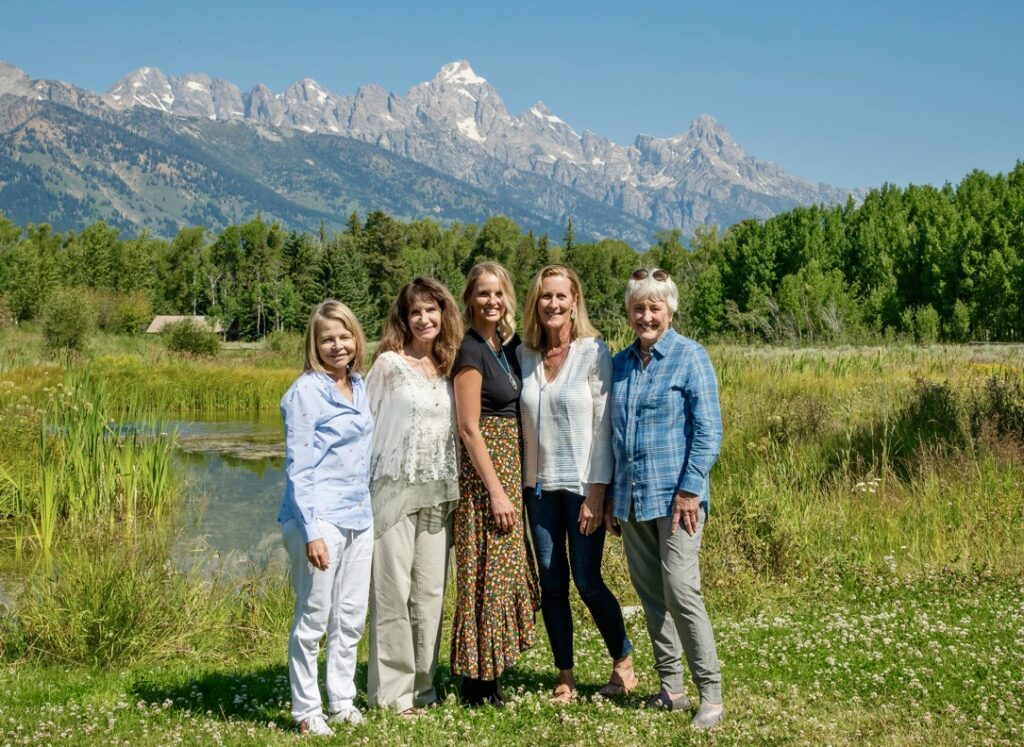
In 2018, Bainbridge and four other women in Jackson Hole—Lisa Robertson, Ann Smith, Judy Hofflund and Heather Lang—launched a grassroots campaign, “Shoot’em With A Camera,” to emphasize that grizzly bears are worth far more alive than dead. Their initiative, intended to stand in contrast to Wyoming’s first proposed trophy hunt of grizzlies in more than four decades, attracted international attention and was even highlighted in National Geographic.
Part of it involved encouraging all citizens to apply for a grizzly bear hunting tag in the state-run lottery and then, instead of stalking a bear to take it home dead as a trophy, tag recipients celebrate the animals by taking photos of live bears with their cameras. As fate would have it, Jackson Hole nature photographer Thomas D. Mangelsen won one of 22 tags allotted in the lottery.
The groundswell of support Shoot’em With A Camera received occurred in conjunction with a lawsuit brought by EarthJustice attorney Tim Preso and several conservation group plaintiffs to halt Wyoming’s hunt and have grizzlies placed back under federal Endangered Species Act protection. Preso prevailed and won a favorable ruling from US District Court Judge Dana L. Christensen in Missoula, Montana.
At the time, Bainbridge said it was foolish for Wyoming to set a quota of nearly two dozen grizzlies in the first hunt, saying it reflected poorly on the state. Today, grizzlies still have federal protection, but a few politicians are pressing to have them legislatively delisted so that states can hunt them again. To learn more about the Deidre Bainbridge Wildlife Fund, click here.
